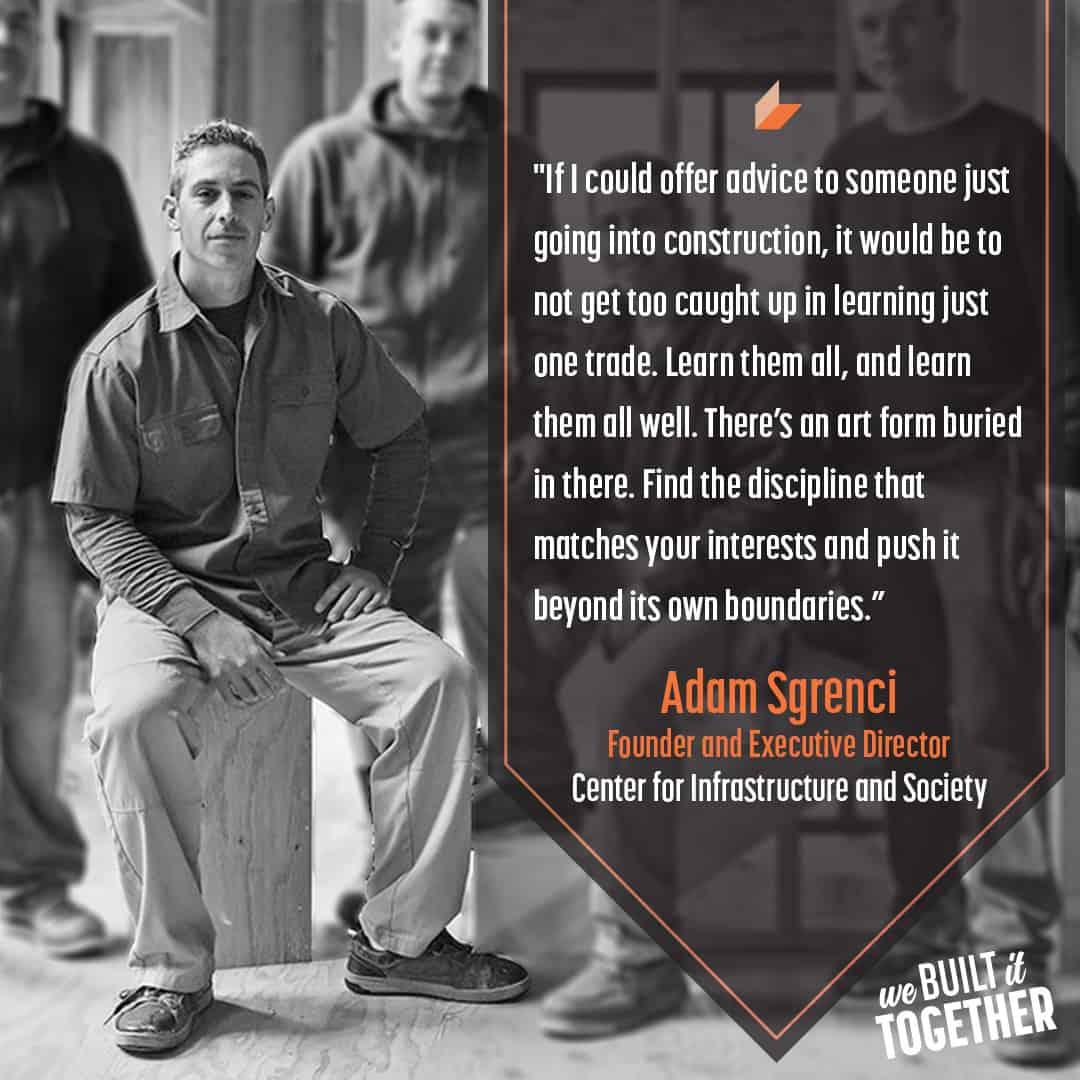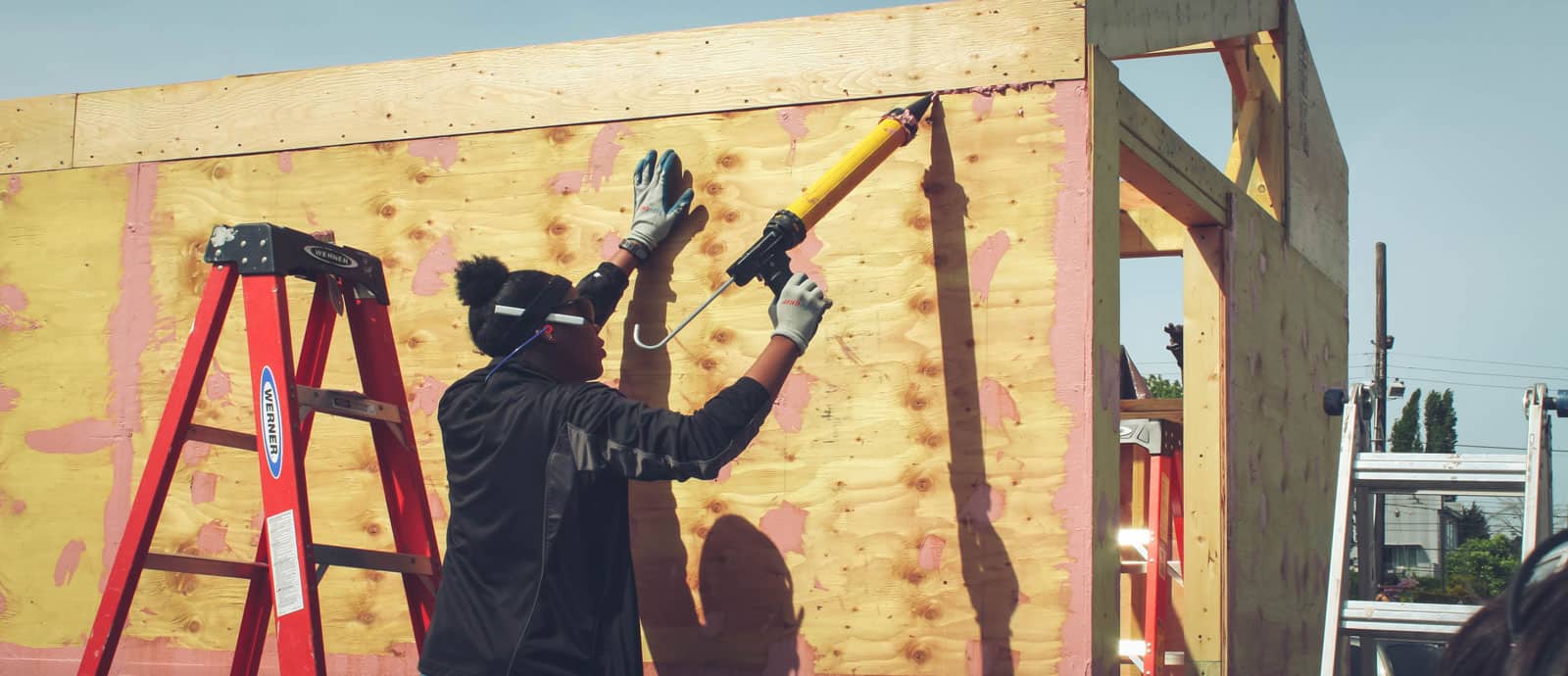In the not-so-distant building-industry past, sustainability in construction meant a structure built to be as self-sufficient and long-lasting as possible. Today, the concept has evolved into regenerative design and construction, an idea that transcends this definition of sustainability. Regeneration in construction can refer to not only the environment and energy, but also buildings that deliver a net-positive impact to the industry at-large by regenerating the labor supply and making other social and humanitarian impacts.
Regenerative design can encompass the idea of delivering a net-positive benefit through everything from smart selection of building materials and use of resources, to mechanical systems design, community input and engagement, energy-efficient strategies and training the next generation of construction’s labor supply.
The implementation of regenerative design must go hand-in-hand with long-overdue efforts to regenerate the trades.
The Future of Regenerative Design
An important tenet of regenerative design is the use of healthier materials, a resource-conscious building strategy that lets buildings continually use and store available resources. At the forefront of regenerative design strategies are:
- Addressing energy consumption and production, enabling buildings to generate surplus energy
- The capture and cleaning of rainwater and treatment of wastewater
- Continually refreshing the air within a building for maximum indoor air quality
- Creating green roofs and building skins that breathe
Building healthy, dry and durable 100-year buildings that our grandkids will want to remodel requires us to grasp how building enclosures perform or fail. Controlling water, air and vapor, and their respective movement through a building envelope is the difference between a home that will last well beyond 100 years, and a home that slowly degrades over time due to poor building practices and possible air and water intrusion.
An example of such a building envelope is one created through the use of PROSOCO’s R-Guard system of fluid-applied air and water barriers. This system delivers a monolithic barrier that keeps air and water out yet promotes breathability and healthy indoor air quality. The family of R-Guard products includes Joint & Seam Filler to fill joints and seams; FastFlash liquid flashing to create a seamless membrane around rough openings like windows and doors; Cat 5 air and waterproof barrier to coat and cover the field of the wall; and AirDam to create a long-lasting, weather-tight seal preventing moist outside air from entering, and conditioned indoor air from escaping.
There’s more to regenerative design, however, than advanced building materials and building systems. The best plans and intentions to build regenerative buildings will never see fruition unless we, as builders, “regenerate” the industry. This requires attracting, teaching, motivating, and fostering the next generation of builders.
Regenerating an Industry
Why is the U.S. building industry in need of a regenerative push? Three reasons are at the top of the list:
- There is a huge building industry skill gap. While there are ample jobs, there is a shortfall of experienced tradespeople to step into them. Given the average age of a contractor today is 50, those that are retiring are leaving a knowledge void.
- There are not enough young people going into the trades. Our educational system relegates trade schools and their potential attendees to second-class status.
- Our approach (or lack thereof) to mentoring future builders and creating apprenticeships that are commonplace in other parts of the world.
If we are to regenerate the industry, we will need to attack all three issues and understand the impact of the skilled labor gap. While high-school shop classes disappeared, trillions in student loans have piled up and good jobs remain vacant. According to a 2019 article in Forbes, Recent College Graduates Have the Highest Unemployment Rate in Decades—Here’s Why Universities are to Blame, those attaining a degree in liberal arts, media, performing arts, ethnic studies, criminal justice, anthropology or philosophy face an unemployment rate of over 6% and even higher for some majors, nearly double the country’s unemployment rate (pre-Covid-19).
Mike Rowe, known for such Discovery Channel’s programs as Dirty Jobs, often discusses the push for everyone to get a four-year degree. “Meanwhile, the kid who apprenticed to be a plumber or an electrician is looked at as something less. Even if he has no debt! Even if he makes six-figures a year! Even if he hangs out his own shingle and hires other plumbers! This year, American Standard donated $100,000 to my scholarship fund. It was a massive struggle to find anyone willing to learn the plumbing trade—even when the training was free!”
Long-overdue recognition is beginning to happen as public support grows for post-secondary education reform, a diversion from the currently overpriced, overvalued, and often irrelevant focus at many traditional, four-year institutions. Many trade colleges offer credits for employer-funded apprenticeships. Bachelor’s degrees in construction management make it possible for graduates to start their careers near the management level. A degree in construction management prepares students in the engineering, economic and management aspects of the construction process.
The educational system in the U.S. won’t provide all of the regenerative juice. We need contractors to step up by offering robust apprenticeship programs and investing in long-term training.
Today in the U.S. across all industries, less than 5 percent of young people train as apprentices, compared to 60 percent in Germany. It is also common for contractors in the UK to offer apprenticeship programs where new students learn on the job and attend school. The return on investment for the contractors running these programs is on average 25% on what they pay the apprentices and the profit they experience on their projects.
What’s different about these apprenticeship programs is that vocational training is seen as an important career path, an attitude not matched in the U.S. In Europe, apprenticeship programs are respected and viewed as a great career path. In the U.S., trade schools and apprenticeships are often overlooked, even though they offer high wages, high demand and self-employment.
Regeneration – The Bottom Line
As Americans, one of the first questions we ask when we’re challenged to implement change is, “What is the cost?” In the U.S., the per-head cost to apprentice will be more expensive than it is in Europe and elsewhere. We will have to create the programs and the infrastructure, whereas globally the programs already exist. Here, companies will need to infuse money into such programs, whereas elsewhere, the state often pays. We need to look beyond immediate return on investment (ROI) to long-term benefits for the industry and for our youth.
In terms of our durable, long-lasting, regenerative buildings and the people who make up the backbone of the industry, however, what’s the cost of not doing it?
![]()

